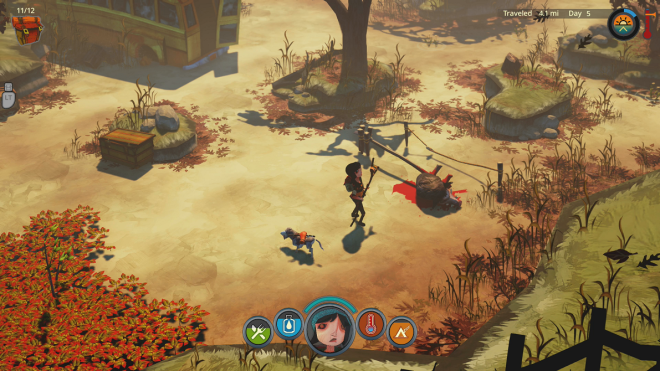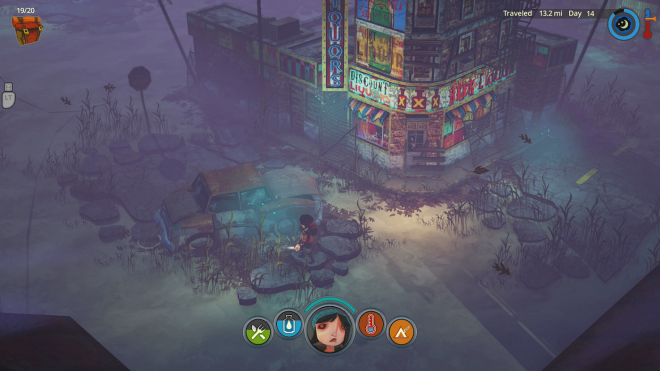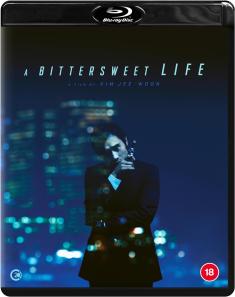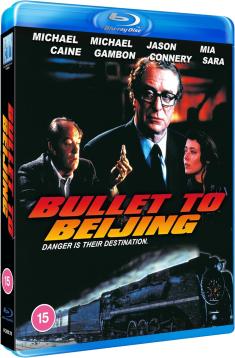The Flame in the Flood
Overview -
Made up of accomplished industry vets like Scott Sinclair, art director for the first 'BioShock', The Molasses Flood funded their first game on Kickstarter. 'The Flame in the Flood' generated over $250,000 in pledges in 2014. It failed to reach its PS4 stretch goal, but the "rogue-lite" is now available on PC and Xbox One.
Video Review

'The Flame in the Flood' looks like a lovechild of Neil Gaiman, Tim Burton, and 'Don't Starve'. It is a 2D world with swampy bayou environments and stylish, whimsical character models that are at once pretty and grotesque (only in artistic terms, not technical). There are some issues with the UI and especially the crafting menu, which is unwieldy for the Xbox’s controller to scroll through. A bit of practice makes it more tenable, but it’s not ideal. Visual bugs are relatively uncommon.
Audio Review

The blues rock soundtrack, put together by Hot Water Music frontman Chuck Ragan with contributions from the likes of Fearless Kin, is absolutely stellar. Harmonicas, banjos, and drawly lyrics give an ethereal quality to the rough river rides. The music goes hand in hand with the audio design, and they sound right at home in the creole backcountry of 'The Flame in the Flood'. Sadly, audio bugs are common, such as effects carrying over in the background long after the events that initiated them have passed.
Final Thoughts

'The Flame in the Flood' hits the nail on the head with its crafty survival gameplay and inspired visual and audio design. At times, especially early on, nothing seems more dangerous than the river, but overall this might be game to get players into the roguelike genre. The technical side lags a bit behind the creative side, but not enough to capsize it.












